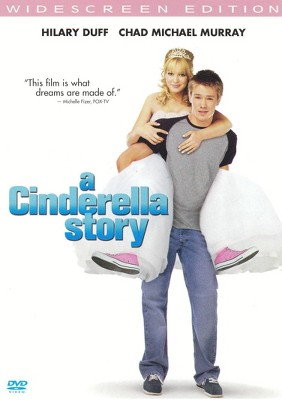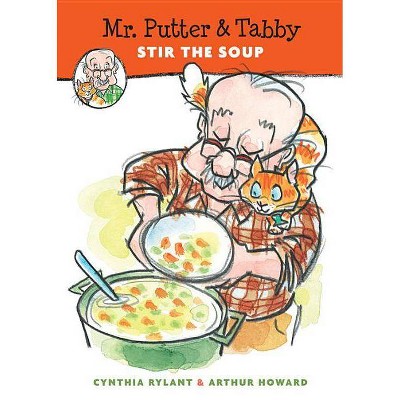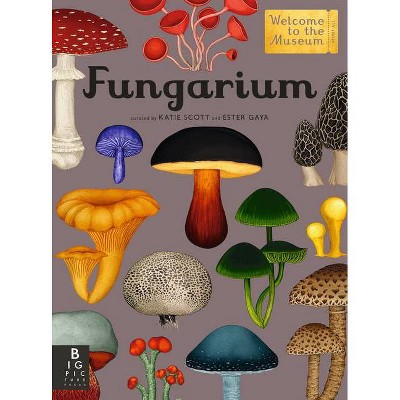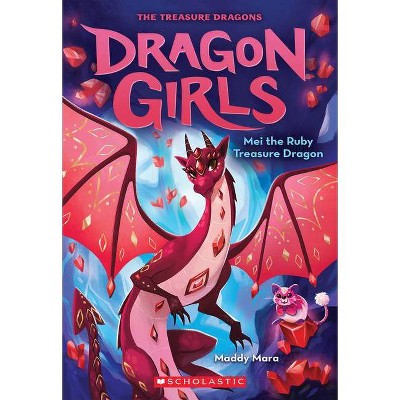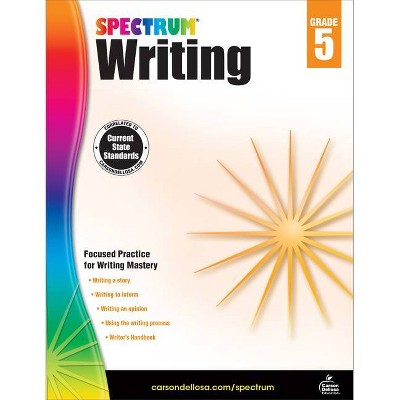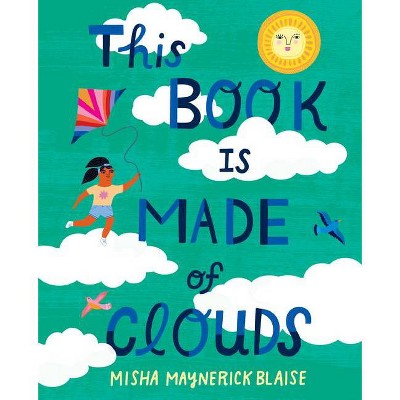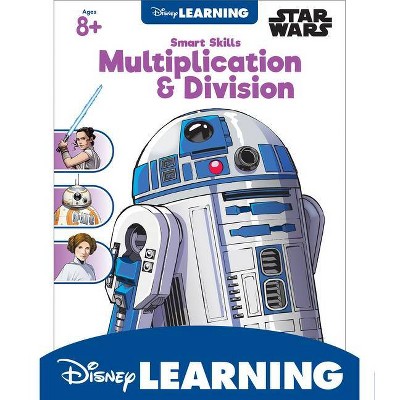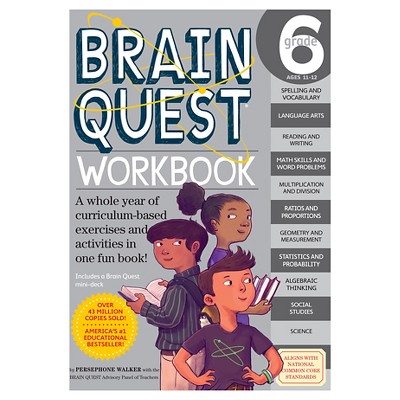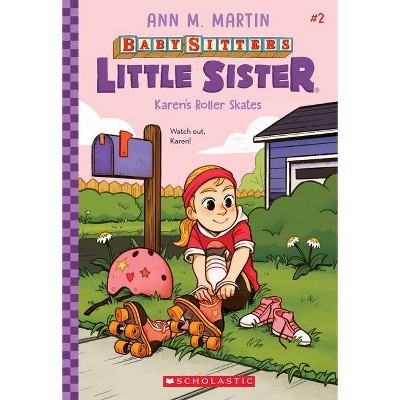Cinderella of the Nile - (One Story, Many Voices) by Beverley Naidoo (Hardcover)

Similar Products
Products of same category from the store
AllProduct info
<p/><br></br><p><b> About the Book </b></p></br></br>In this ancient version of Cinderella, a pair of beautiful slippers leads a rosy-cheeked girl to the King of Egypt.<p/><br></br><p><b> Book Synopsis </b></p></br></br>Beautifully retold by the award-winning author Beverley Naidoo, this earliest-known version of Cinderella is brought to life for the modern day reader. Rhodopis is a Greek girl who is sold into slavery by bandits and taken to Egypt. Along the way she becomes friends with the storyteller Aesop and a host of playful animals. Her master gives her a pair of beautiful rose-red slippers, making three other servants jealous. But when Horus, the falcon, sweeps in to steal her slipper, Rhodopis has little idea that this act will lead her to the King of Egypt.<p/><br></br><p><b> Review Quotes </b></p></br></br><br>Cinderella is an actual slave in this illustrated Egyptian version of the story. Born in Greece at a time when pirates freely roamed the seas and affectionately called Rhodopis, rosy-cheeked, she is pale-skinned with long, red hair and eyes like sapphires. One day, while herding goats, she is kidnapped by a pirate wearing what looks like a turban. She is sold on an island, where she befriends Aesop, another slave, who is depicted as a black man. Her master doesn't like her melancholy face, so he sends her down the Nile, where she is sold again, this time to a Greek merchant named Charaxos, who treats her well--which makes his Egyptian servants, three brown-skinned women, jealous. Through her torments, Rhodopis sings the song Aesop taught her and befriends animals as a comfort. When the pharaoh, who has brown skin, hosts a feast, the Egyptian servants arrange to go. Rhodopis is washing clothes in the river when the falcon-headed god Horus picks up one of her shoes. He delivers it to the pharaoh, who takes it as a sign and sets out to find the slender-footed owner of the slipper. Iranian artist Vafaeian's stylized illustrations successfully evoke an older, different world, with meticulously textured coloring, unusual use of size and proportion, and ancient Egyptian aesthetic. As with most fairy tales, readers may disagree over whether this version is suitable for children. A rich addition to the global fairy-tale collection. (Fairy tale. 8-12) - Kirkus Reviews<br><br>Rhodopis is stolen from her home in Greece and sold down the Nile where divine intervention--and a small, red slip-on shoe--attract Pharaoh's attention. Inspired by the earliest known accounts of a poor girl whose luck is changed with a prince and lost slipper, the book's exotic illustrations conjure ancient times and customs, depicting a Cinderella with fiery hair, Grecian robes, and, in a nod to the master storyteller himself, a wise old friend named Aesop.- Foreword Reviews (July/August)<br><br>On the 100th anniversary of women's suffrage, it's hard to think of a story as unfashionable as that of Cinderella. In his 2015 film Kenneth Branagh meant to portray his heroine as "strong and independent" - only to be hit with a backlash when his star, Lily James, admitted she had been on a liquid diet to fit into Cinderella's corsets. But in this delightful retelling of an ancient Greek variant by Beverley Naidoo, our heroine wins the day without a fairy godmother of a fancy frock. Our heroine is actually called Rhodopis, a Greek girl born "long, long ago" with "eyes like sapphires" and hair the "colour of the finest sunset". Rhodopis is no bra burner: "She collected water from the well, fed the chickens and did everything her parents asked with a smile. "You are our treasure!" they said. But when she is snatched by bandits and taken to Egypt to be sold as a slave, she shows her steel. "Blow wind, blow, I promise to be strong," she sings to herself as the waves batter her ships - and when her fellow slave girls torment her, rubbing sand into her food, her resolve only grows: "Blow wind blow, watch me bend, not break!" Rather than moping in the slave hut, she is soon dancing by the banks of the Nile - and weaving her spell of the Pharaoh. Africa has inspired much of Naidoo's fiction. As a student, she was arrested for campaigning against apartheid, and her first book Journey to Jo'bburg (1985) about two children under the regime, was banned in south Africa until 1991. The Other Side of Truth (2000), a tale of Nigerian political refugees, won the Carnegie. Cinderella of the Nile - illustrated by Marjan Vafaeian - is another such story of triumph over adversity. It's not exactly a feminist anthem, but perhaps a retelling of Cinderella was never going to be. Instead, Naidoo gives an ancient heroine a modern feel. - The Telegraph Picture book publishing is full of fairy tale retellings but in its One Story, Many Voices series, Tiny Owl showcases well-known tales told from different perspectives, drawing on a rich global heritage. Here, Naidoo recounts the earliest-known version of Cinderella, where her new master gives her a pair of ruby red slippers. Iranian illustrator Vafaeian's art is vibrant and distinctive. - The Bookseller This is an original retelling of an old, old story about a poor girl who is enslaved for her beauty, tragically relevant in today's world as it was in Aesop's time. Beverley Naidoo's poetic retelling places the Cinderella story on a global map... Marjan Vafaeian's jewel-like illustrations, delicate and patterned as Rhodopis' lost slipper, transport the reader on a visual odyssey of Rhodopis' life. - Sita Brahmachari. The ancient origins of the story is evident through Marjan Vafaeian's use of the side on figurative imagery found in the Greek art of the period as well as in Ancient Egyptian wall paintings. Her stylised patterned landscapes in opulent shades of red, brown and green are stunning and a perfect complement to Beverley Naidoo's fine telling. - Red Reading Hub In this retelling, Beverley Naidoo's lyrical language more than does justice to the tale of Rhodopis, the red-haired beauty born in Greece but captured by pirates and taken into slavery first in Samos, and then Egypt. Her Egyptian master's kind treatment of her, bringing her into the house and regarding her as a daughter, inevitably made the less-well-favoured servants jealous, particularly three sisters who lived in a mud hut. Add to this a gift of beautiful slippers from her master, one of which was stolen by Horus the Falcon and taken to Pharaoh, and there are sufficient parallels from here for the reader to be able to complete the story. This is the first of a series under the umbrella One Story, Many Voices, which will then bring together authors and illustrators from different countries and cultural backgrounds, and is a worthy contender for the KS2 classroom library. The illustrations by Marjan Vafaeian mirror the tale well, brining to many children a style they will not hitherto have encountered and encouraging them to think outside the European context. As a vehicle to explore different versions of a familiar story, it has much to commend it. - English 4-11 (UKLA)<br><br>The ancient Mediterranean slave trade drives the plot of this 2,000-year-old legend retold by Naidoo. A girl named Rhodopis (Greek for "rosy-cheeked") is celebrated for her beauty, but pirates know that "a girl like this could be sold for a fat bag of silver coins." Like a river, Rhodopis's story rolls by many things: a sojourn with the owner of the legendary field slave Aesop--who tells her a fable of trees and reeds, emphasizing that because the reeds bend, they do not break--and a place with a Greek merchant who treats her like a daughter, sparking the jealousy of his Egyptian servants (three malicious sisters). From here, the parallels with "Cinderella" emerge, as a slipper stolen by Horus the falcon god unites Rhodopis and the Pharaoh. Vafaeian's richly hued and intricately detailed folk-style illustrations offer a visual counterpoint to a complex tale. Ages 7-11. (Jul.)- Publishers Weekly<br><p/><br></br><p><b> About the Author </b></p></br></br>Beverley Naidoo is the Carnegie award-winning author of The Other Side of Truth and many other books for children and young adults. Brought up during the apartheid years in South Africa, much of Beverley's writing reflects crossing boundaries and she has set novels in South Africa, Nigeria, Kenya and the UK. Beverley's first novel, Journey to Jo'burg, was banned in South Africa until 1991 and has never been out of print in the UK since publication in 1985. It now appears in the Collins Modern Classics list and is frequently used in schools. Her retellings include Who is King? Ten Magical Stories from Africa and Aesop's Fables. Marjan Vafaeian is an award-winning illustrator from Iran. Her illustrations are elaborate, forming a visually rich tapestry, unique in style. As well as winning awards in Iran for her illustrations, she was shortlisted for the Hakka International Picture Book Award in 2017 and won the Noma Concours Encouragement Prize in 2006.
Price History
Cheapest price in the interval: 16.29 on October 22, 2021
Most expensive price in the interval: 16.29 on November 8, 2021
Price Archive shows prices from various stores, lets you see history and find the cheapest. There is no actual sale on the website. For all support, inquiry and suggestion messagescommunication@pricearchive.us
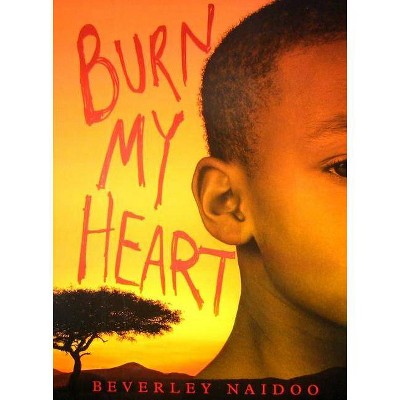
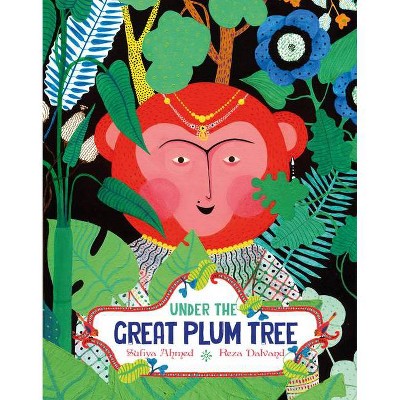
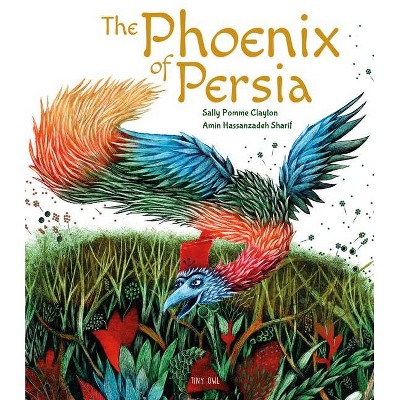
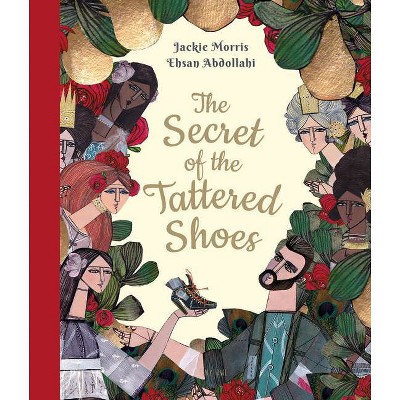
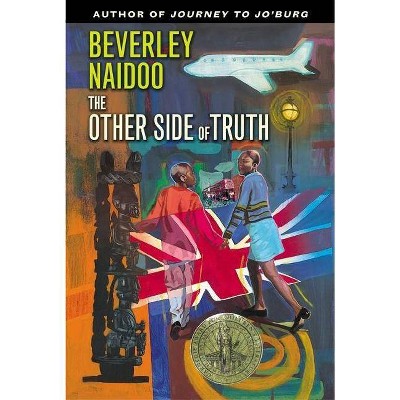
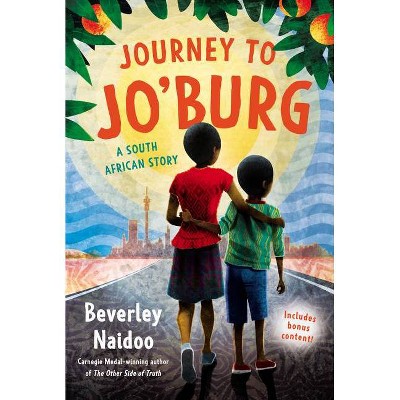

![A Cinderella Story/Another Cinderella Story [WS] [DVD]](https://pisces.bbystatic.com/image2/BestBuy_US/images/products/4852/4852675_so.jpg)

